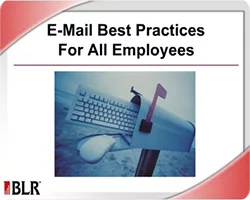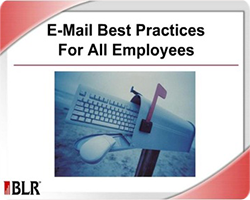There’s nothing quite like the feeling of anxious anticipation when clicking your inbox’s refresh button on a Monday morning or after coming back from holiday. The Radicati Group estimated that in 2015, 205 billion emails were sent daily (the number is expected to grow to 246 billion by 2019), with nearly 90% of those emails being spam. Is it any wonder, then, that combing through workplace emails can be such a time-suck?
Business emails
In work environments, emails are the most relied-upon form of communication both for internal exchanges and with clients and stakeholders, as it allows us to send important (and often, not-so-important) messages with relative ease. As such, it is easy to bombard recipients, it becomes difficult to stay on top of every unread message, and communication may get buried under an avalanche of requests, reminders, and spam. Importantly, the meaning of an email may be misconstrued as it lacks a voice and a face. Sending a successful email requires some finesse and skills that aren’t necessarily immediately obvious to everyone.
What to bear in mind before clicking on “send”
Here is some advice to bear in mind when constructing an email:
• “I’ll tell you what I want, what I really, really want” – Keep emails short and to the point, while highlighting important information to draw the reader’s attention and using bullet points to separate ideas or tasks. Most people read their emails on a mobile device while on the go, which leaves little head space or screen space for lengthy messages.
• “Urgent!” – Grab attention in the subject line by giving an indication of the nature of the email. The subject line is the first thing the recipient will see and will determine whether someone will give it their immediate attention or leave it for later.
• “Check yourself before you wreck yourself” – Take the time to proofread emails before sending, because spelling errors or obvious mistakes seem unprofessional. It also helps to put yourself in the recipient’s shoes when proofreading, to determine how the email may be perceived.
• “For your eyes only” – Ensure that an email is sent only to its intended recipients to avoid sharing privileged information with the wrong people. A good safeguard is to only include recipients after crafting and proofreading a message, and then carefully adding and double-checking that the correct email addresses are used before clicking on send.
Coggno has put together some great courses to take you from “Please see my previous email below” to “Thank you for prompt reply”:
Course 1: E-Mail Best Practices for All Employees
Course 2: Business E-mail Etiquette
*30% OFF, valid thru Oct. 14th, 2017




















